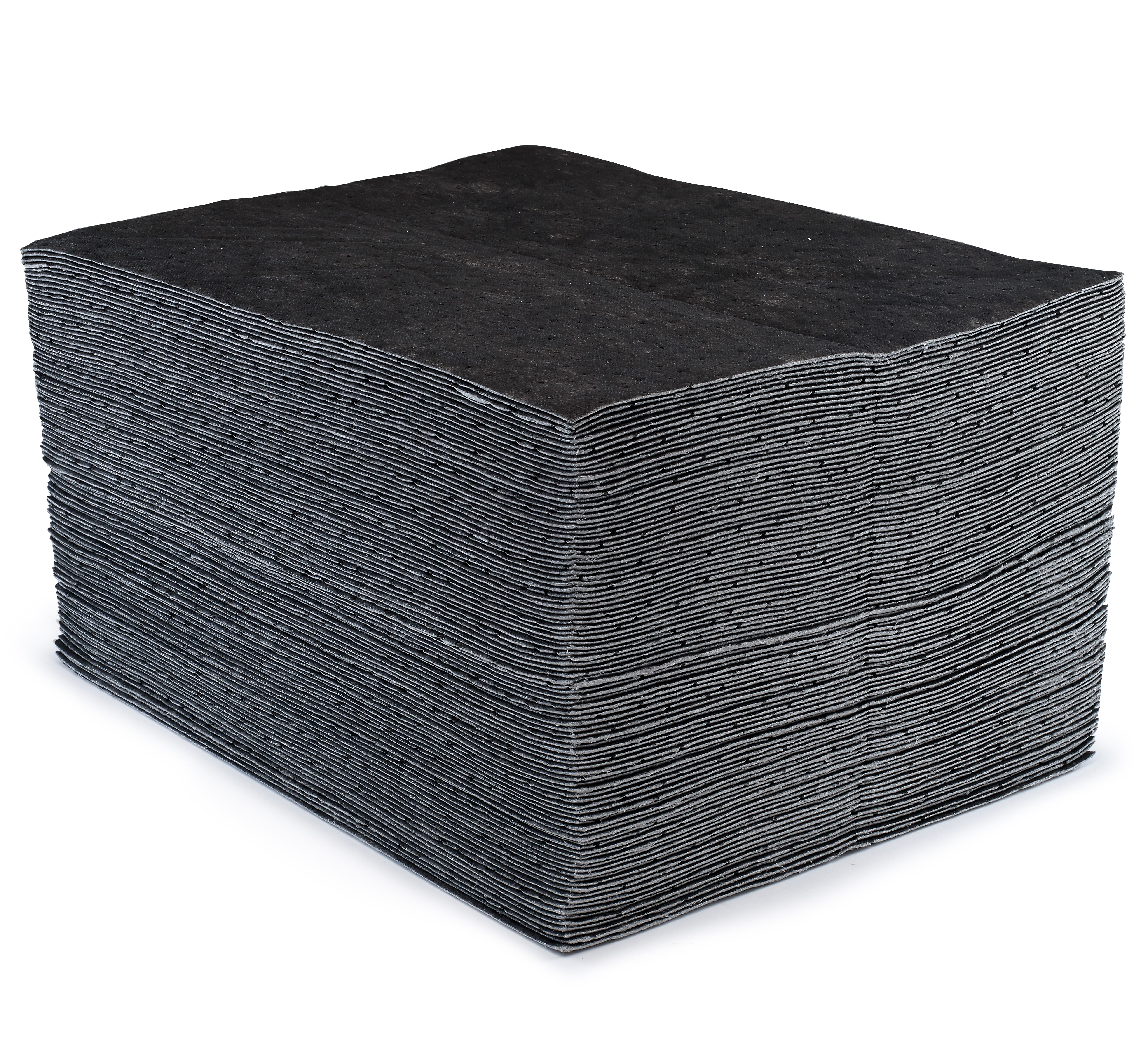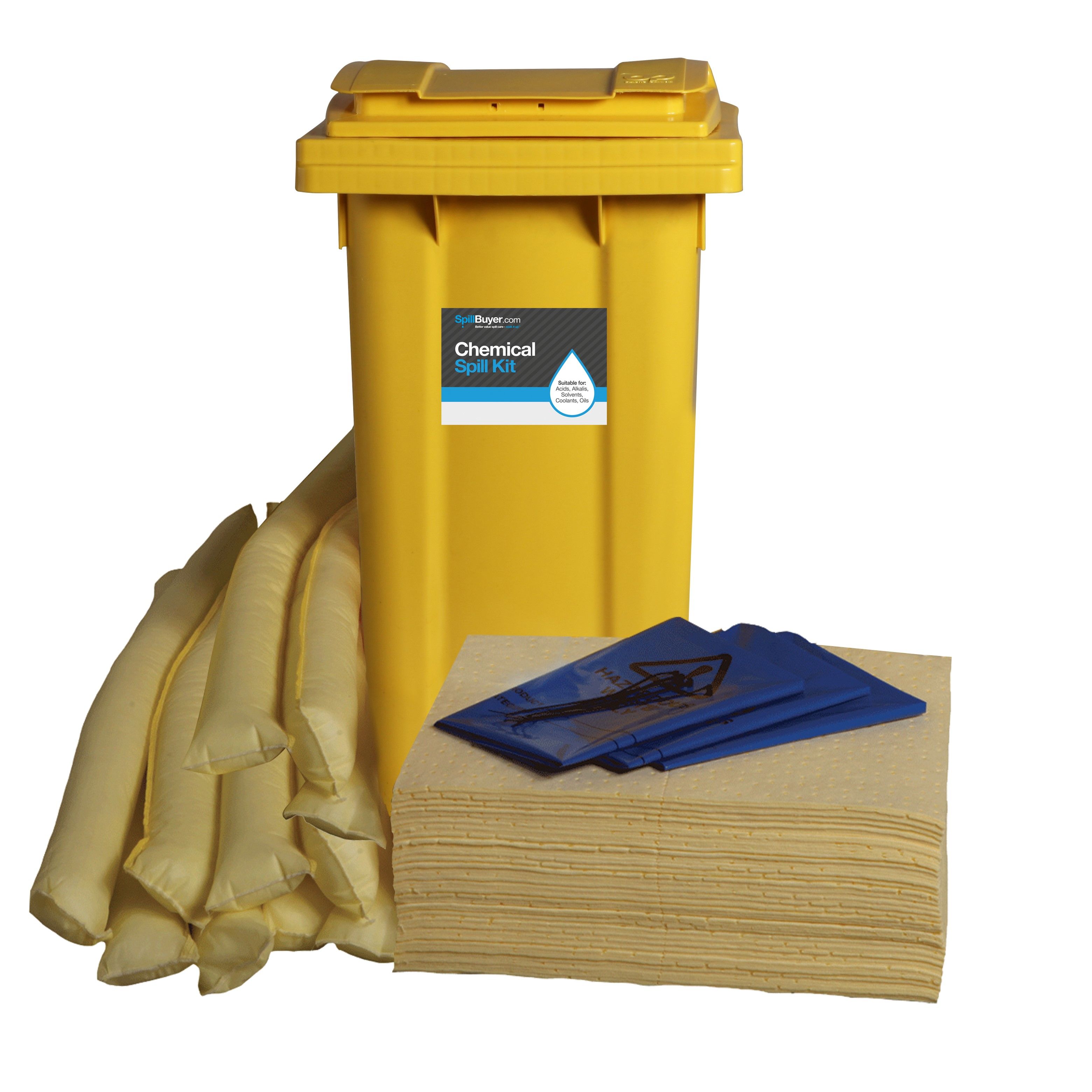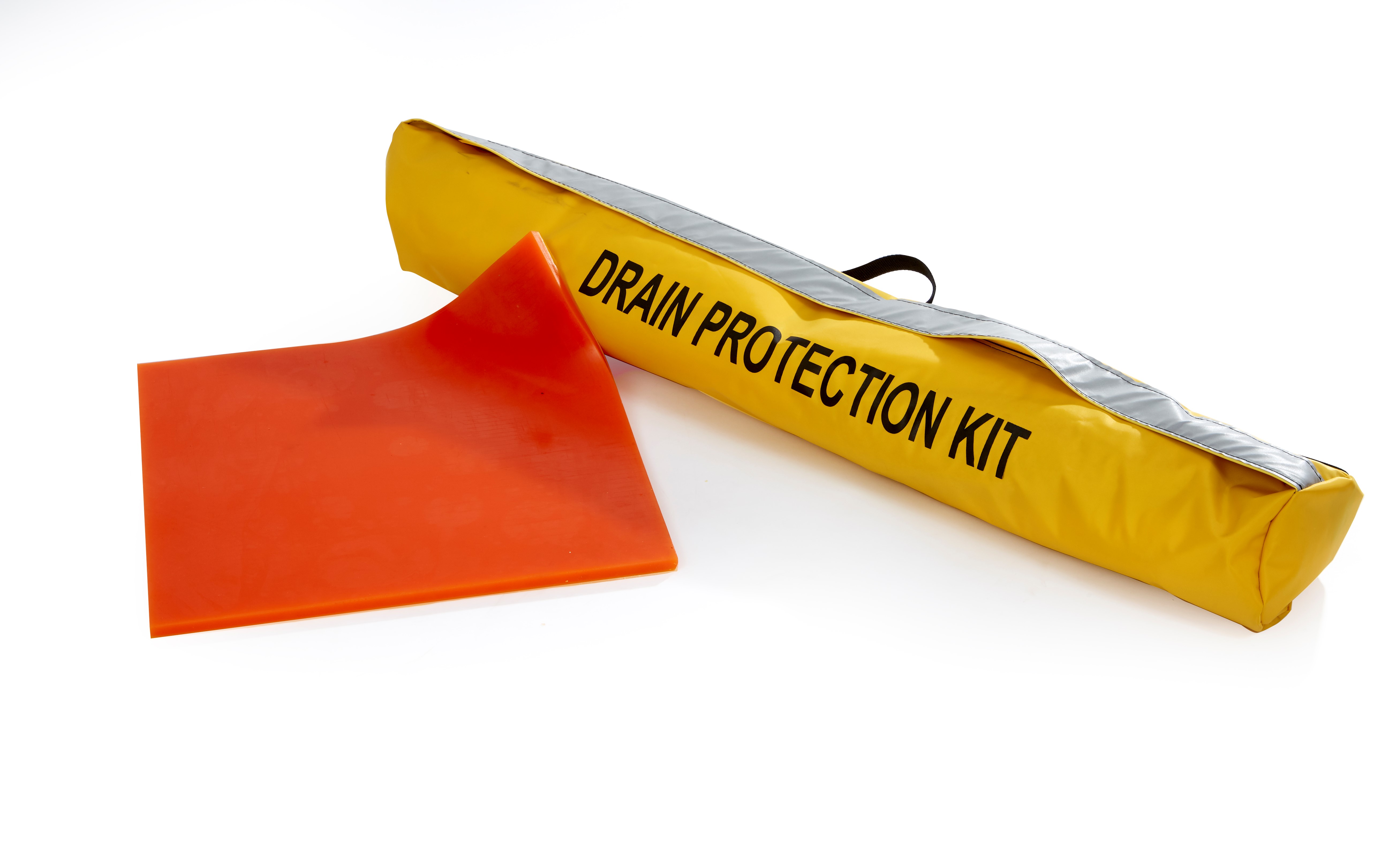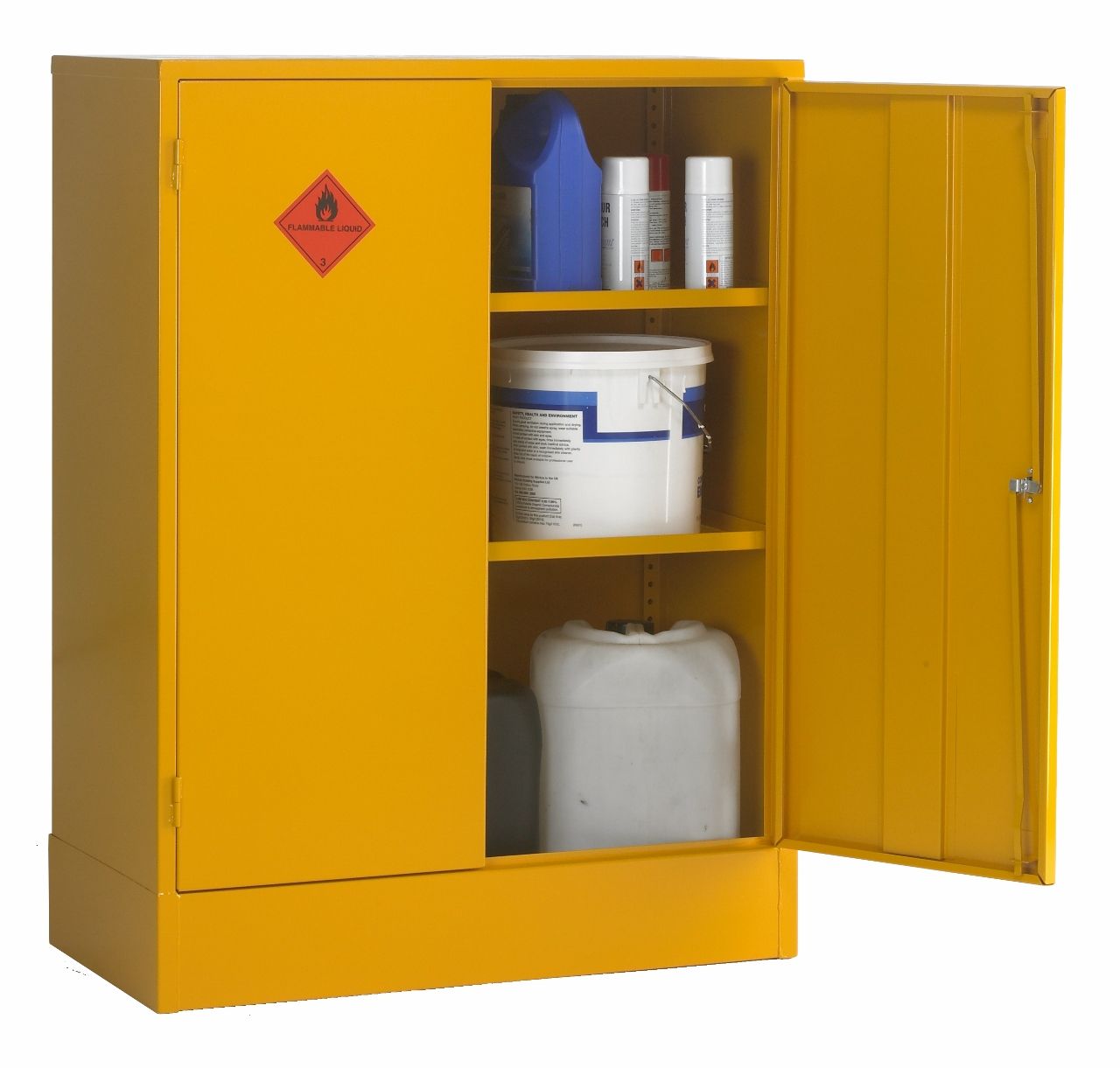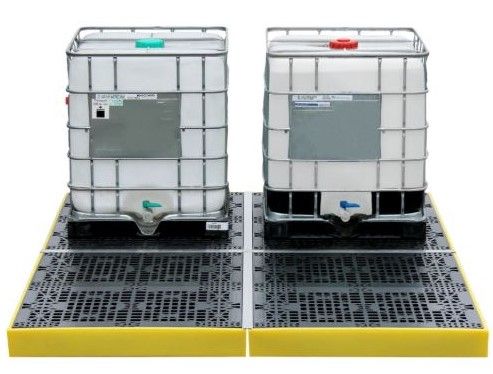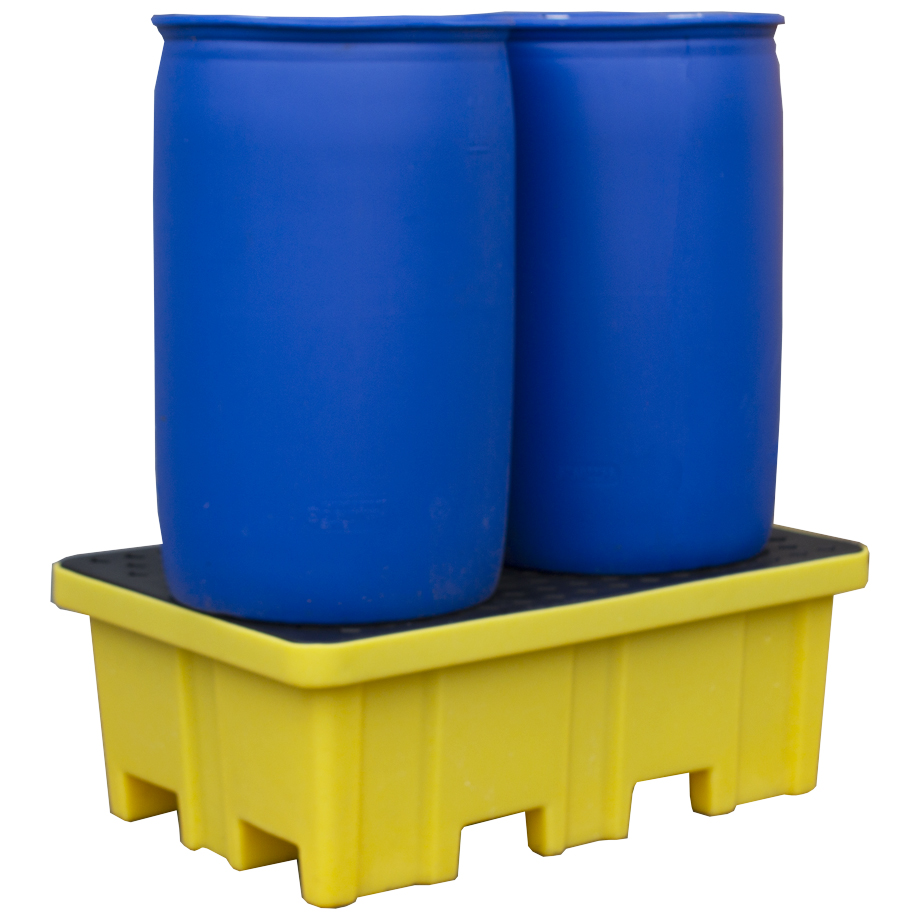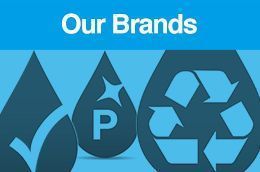The correct packaging and labelling for hazardous substances are there for a reason. Firstly, they keep us safe from harm and ensure that only trained workers use hazardous substances.
Secondly, it is the law to use the correct packaging and labelling when dealing with hazardous substances. It explains to the user what the hazards entail and how we can avoid them. This may mean using appropriate personal protective equipment (PPE), as well as storing and disposing of these substances legally and safely.
This article explores the question, why do we need packaging and labelling for hazardous substances?
The importance of labels and packaging on hazardous substances
Packaging and labels on hazardous substances can inform the user of any potential risks that may come with using the product. Some substances may not be dangerous if used correctly but could be hazardous if they were to come into contact with another substance, or spilt. Certain chemicals need very careful handling and as a hazardous substance supplier or business owner, it is vital that these risks are clearly outlined on both the packaging and labels.
The label and packaging can tell you a lot about the substance inside and can warn people who are not trained that they must not use the product. Labels can also inform the user of what to do before using the hazardous substance, such as wearing safety goggles or a mask. If a substance can cause any kind of harm, you are required by law to provide that information on the labels and packaging.
A picture of safety
Hazards labels are usually made of certain pictures called pictograms, which could mean the substance is corrosive, flammable, explosive, or a serious health hazard. On your packaging, there should also be wording to support this claim, including a statement and/or any precautionary statements.
If you use or make hazardous substances in the UK, you must follow the law regarding the Control of Substances Hazardous to Health (COSHH).
Hazardous substances must also follow The Classification, Labelling and Packaging (CLP) Regulation, which ensures adequate risk management throughout the European Union (EU). Although Great Britain is no longer part of the EU, the CLP Regulation is still retained in British law, with the Health and Safety Executive (HSE) regulating this.
Understanding common precautionary statements
Precautionary statements can be put on hazardous substance packaging and can tell the user what they need to do next to avoid the hazard. It recommends the steps to take and the measures to prevent or minimise any adverse effects.
Precautionary statements used on hazardous substance packaging may instruct you to:
-
Wash skin thoroughly after handling
-
Use personal protective equipment as required
-
Keep cool and protect from sunlight
-
Wear respiratory protection
-
Avoid letting air contact the substance
Precautionary statements are a legal requirement for any hazardous substance.
Understanding common hazard statements
Hazard statements make up another part of the labelling and packaging and should describe what happens if the substance is used incorrectly.
Some common statements include:
-
Flammable gas
-
Fatal if swallowed
-
Causes skin irritation
-
Very toxic to aquatic life
Some hazard statements can tell you what needs to be done in terms of disposing of the product safely after use. As some hazardous substances can damage animals and the environment, it is essential that the business knows how to get rid of toxic and hazardous waste safely. The government has more information on hazardous waste and where to dispose of it.
What to avoid when creating hazardous packaging and labels
As hazardous substances could cause serious harm, it is vital that any packaging and labelling is clear and does not include any wording that could be misleading. Any terms such as non-toxic, eco-friendly, non-harmful, or non-polluting should be avoided, as hazardous substances can be none of these things. Any company or product name should be consistent with the product and should also contain none of these terms.
Regulation (EU) No 528/2012 of the European Parliament and of the Council (Article 72) is a piece of legislation that explains what can and cannot be used on hazardous packaging and labelling.
Packaging should:
-
Prevent any escape of the substance
-
Be strong enough to withstand regular handling
-
Not be adversely affected by the hazardous substance
If the product can be reused, the replaceable closure must be able to withstand and continue to prevent escape, even after frequent uses.
Hazardous packaging should not be misleading as this could confuse consumers or pose a threat to children. This may mean that certain colours or shapes cannot be used. In some cases, childproof closures should be used to prevent hazards. This is often seen in cleaning products like bleach, as it is commonly used in households.
If you’re in need of COSHH management and spill control solutions, have a look at our range to avoid workplace accidents and stay compliant with COSHH regulations.
 Over 12,000
Over 12,000  Simple no quibble
Simple no quibble  Prompt dispatch &
Prompt dispatch &  UK Mainland Delivery
UK Mainland Delivery 





